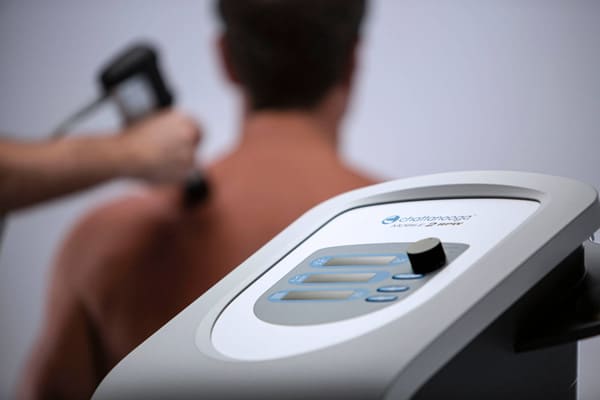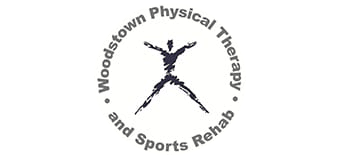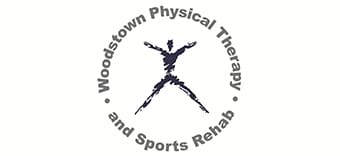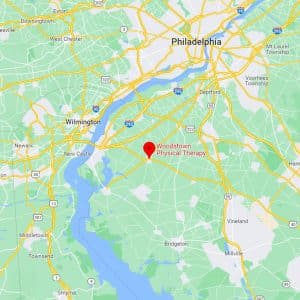Radial Pressure Wave Therapy

When looking for relief from muscle or joint pain, you may want to consider radial pressure wave therapy. This non-invasive treatment uses high-energy sound waves to stimulate the body’s natural healing process and provide relief from chronic pain. There are many benefits to recovery and pain management related to this advanced treatment technique.
The experienced team at Woodstown Physical Therapy of Woodstown, NJ is proud to offer the local community modern and effective pain relief and therapeutical services, such as radial pressure wave therapy.
What is Radial Pressure Wave Therapy?
Radial pressure wave therapy is a form of treatment that uses beneficial sound waves. The sound waves are delivered through a handheld device and are directed at the area of pain or discomfort. The sound waves cause microscopic damage to the tissue, which activates the body’s natural healing response and promotes the production of collagen and other connective tissue. This can help reduce inflammation, improve blood flow, and stimulate the healing process.
What can I Expect During my Radial Pressure Wave Therapy?
Radial pressure wave therapy is often used in tandem with other methods to promote a happy and healthy lifestyle that is eventually free of pain and discomfort. The team at Woodstown Physical Therapy of Woodstown, NJ has listed the following three things you can expect during and after your session.
Safe and Non-Invasive
Non-invasive treatment: Radial pressure wave therapy is a non-invasive treatment that does not require any needles or incisions. It requires no downtime and scheduling is made extremely easy by our state-of-the-art system.
Free of Pain and Discomfort
Radial pressure wave therapy is generally pain-free, although some patients may experience a mild tingling sensation during treatment. Don’t worry, this just means that the waves are doing their job in stimulating the blood flow of your muscles and tissues.
Short Sessions
Radial pressure wave therapy sessions are short, lasting only a few minutes. Most patients will require multiple treatment sessions to achieve the desired results, but the exact number of sessions will depend on the severity of the condition being treated. Of course, your therapist will walk you through the entire process so that there are no surprises.
Your Local Quality Physical Therapy Team
If you’re considering radial pressure wave therapy as a treatment option, it’s important to know what to expect during the process. We can help you feel more prepared and at ease during your appointment. Remember, radial pressure wave therapy is a non-invasive, safe, and effective treatment option that can help relieve muscle pain and improve function. During your consultation with the adept team at Woodstown Physical Therapy of Woodstown, NJ you can be sure you are receiving the proper care and guidance that you deserve.





